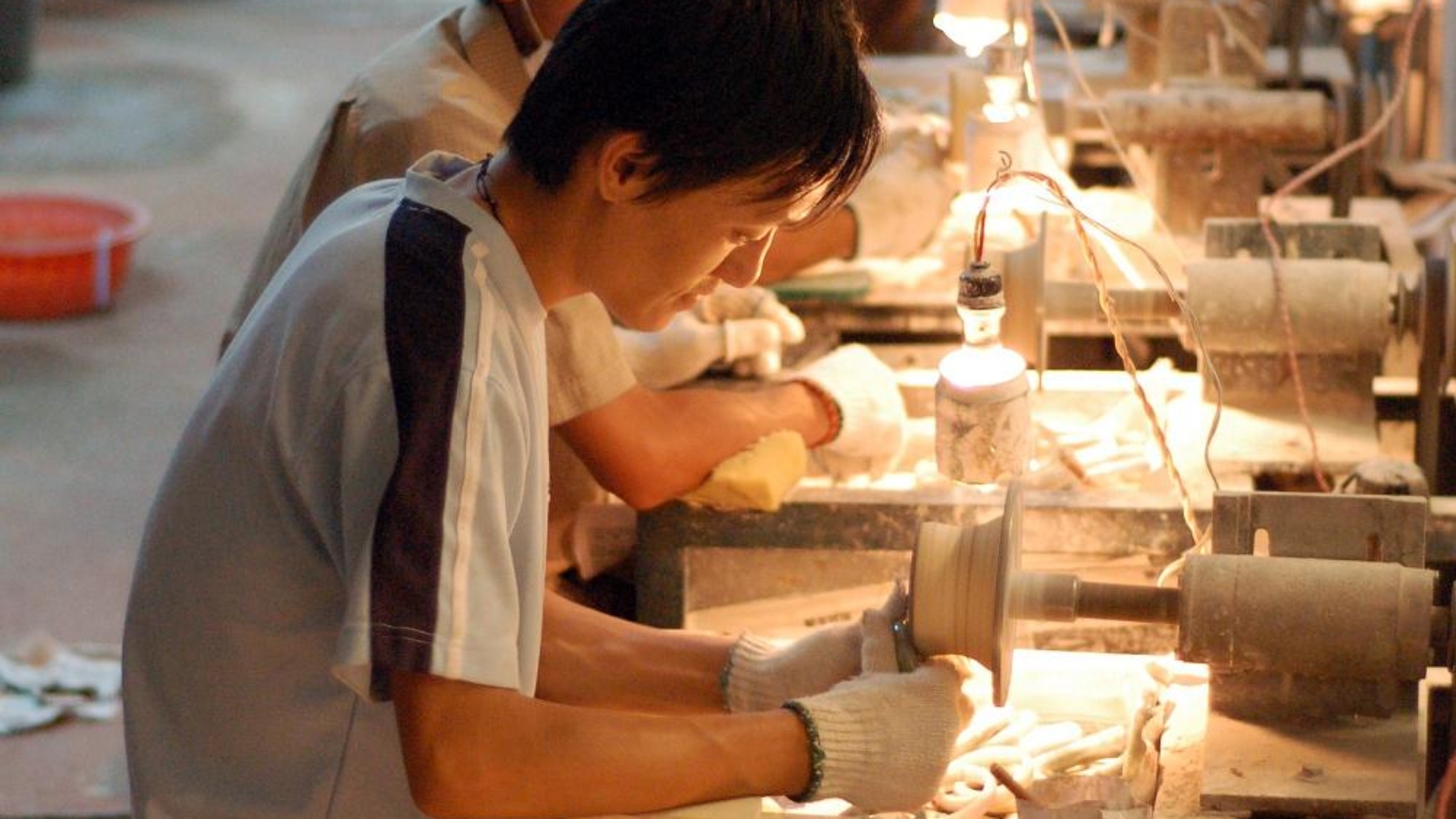by Kevin Gallagher
Major Chinese investment in Latin America is now a regular event: Sinopec’s $7.1bn investment in Repsol’s Brazilian unit is just the latest example. Such deals are rightly celebrated with fanfare in Latin America. However, the long-run effects are uncertain—especially given that Latin American exports are losing badly to their Chinese counterparts in world markets.
Latin America needs to diversify its exports—away from oil, iron, soya, meat and the like—if it is to grow sustainably. Unfortunately, as the region has focused on selling its commodities to China, Chinese firms have been outcompeting Latin American manufacturing exporters at a frightening pace.
In the 1980s and 1990s, Latin America looked to the US as a core economic partner, adopting the Washington Consensus in order to attract US investment and gain better access to US markets. Alas, in the twenty years up to 2002, Latin America grew by barely one percent a year in per capita terms.
Enter China. It has served as a new and more dynamic destination for Latin American produce: buying $44bn worth of the region’s exports in 2009, ten times more than in 2000. In addition, Chinese demand for those exports—80 percent of which are primary commodities—played a key role in driving up global prices. Thus China has helped boost economic growth in Latin America.
However, Latin America has lost sight of the need for export diversification. In our new book, The Dragon in the Room, Uruguayan political economist Roberto Porzecanski and I calculate the extent to which Chinese companies are outcompeting their Latin American counterparts.
We draw on the methods of the Asian Development Bank to examine data for thousands of sectors and sub-sectors. A Latin American manufacturing export sector is classified as “under threat” from China, if China’s market share is increasing while a Latin American counterpart’s share is decreasing. A “partial threat” occurs when Latin American exporters are penetrating global markets, but their Chinese counterparts are doing so at a much faster rate.
Our analysis finds that 92 percent of Latin America’s manufacturing exports were under threat from China by 2009, representing 39 percent of Latin America’s total exports.
Brazil is heavily exposed. Eighty-four percent of its manufacturing exports are under threat, representing 28 percent of its total exports. Forty-three percent of Brazil’s manufacturing exports go to other Latin American countries, serving as a key anchor market for Brazilian companies. Yet 65 percent of those markets are under threat from China. As this chart shows, Brazil may already be feeling the effects.
Mexico is also in a grave situation. It has the most similar export basket to China and, like China, relies on the US as its source of (export) growth. Ninety-seven per cent of Mexico’s manufacturing exports are under threat from China, representing 71 per cent of all Mexican manufacturing.
Only in car and truck production does Mexico “threaten” China in the US market. This is largely due to the fact that cars and trucks are heavy to transport and Mexico enjoys a locational advantage over China. Moreover, NAFTA includes a local-content standard requiring that a certain percentage of cars in North America be manufactured there.
As recently as 2001, China and Central America were on a par, each selling about $6.5bn worth of apparel to the United States and each holding a 12 percent share of the American apparel market. In 2005 the Central American Free Trade Agreement (CAFTA) took effect. By lowering tariffs and locking in access to the US economy, CAFTA was supposed to solidify Central America as a clothing hub.
Instead, clothing exports from Central America to the US plunged 25 per cent from pre-CAFTA days to $5.6bn in 2009. Central America’s share of American apparel imports has slipped to 8.7 per cent, while China now enjoys a commanding 38-per-cent share.
Latin America would do well to learn from China. Unlike its Latin American counterparts, the Chinese state has been actively enabling Chinese firms to expand their technological capabilities and go global. For example, Huawei, the Chinese telecom giant, received $10bn of credit from the Chinese Development Bank.
So far only Brazil is beginning to think along these lines. It is the single Latin American nation that spends more than one percent of GDP on research and development (as China does) and has an active government policy focused on industrial competitiveness. Brazil also bargains hard with China, awarding China an iron mine on condition it also builds a steel plant. The Brazilian development bank recently set up offices abroad to assist Brazilian exporters. More Latin Americans should follow that lead.
Kevin P. Gallagher is an associate professor of international relations at Boston University and co-author of The Dragon in the Room: China and the Future of Latin American Industrialization.
This article is cross-posted through a special collaboration agreement between the World Policy and Triple Crisis blog. Triple Crisis aims to provide fresh insights on current debates from an unprecedented network of economic analysts from eleven countries, generating a dialogue that will influence policy-makers and the broader public. To read more about China's Latin Leap Forward, WPJ has an article by Joshua Kurlantzick from the Fall 2006 issue.
Image via Flickr, by Ian Koh.
